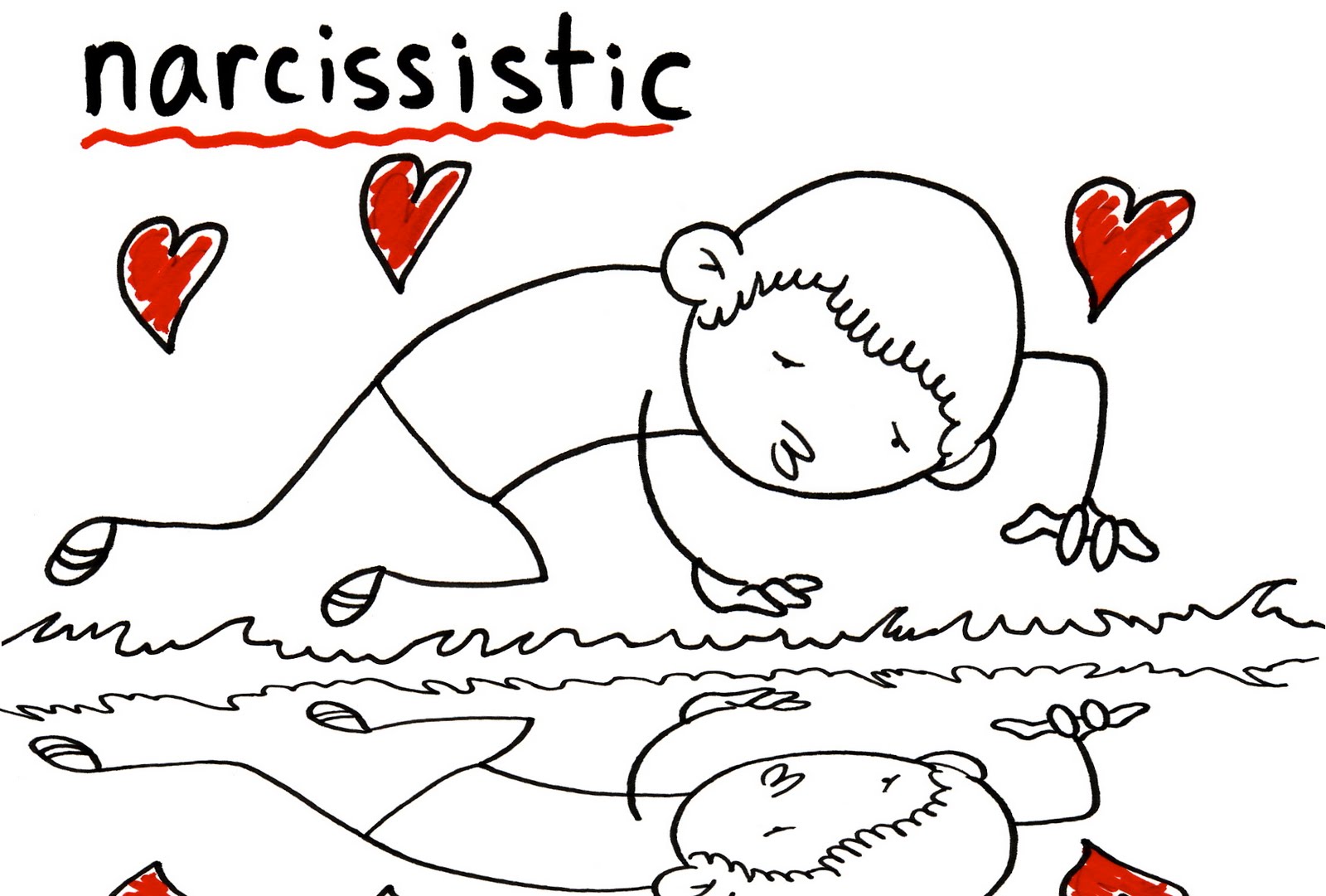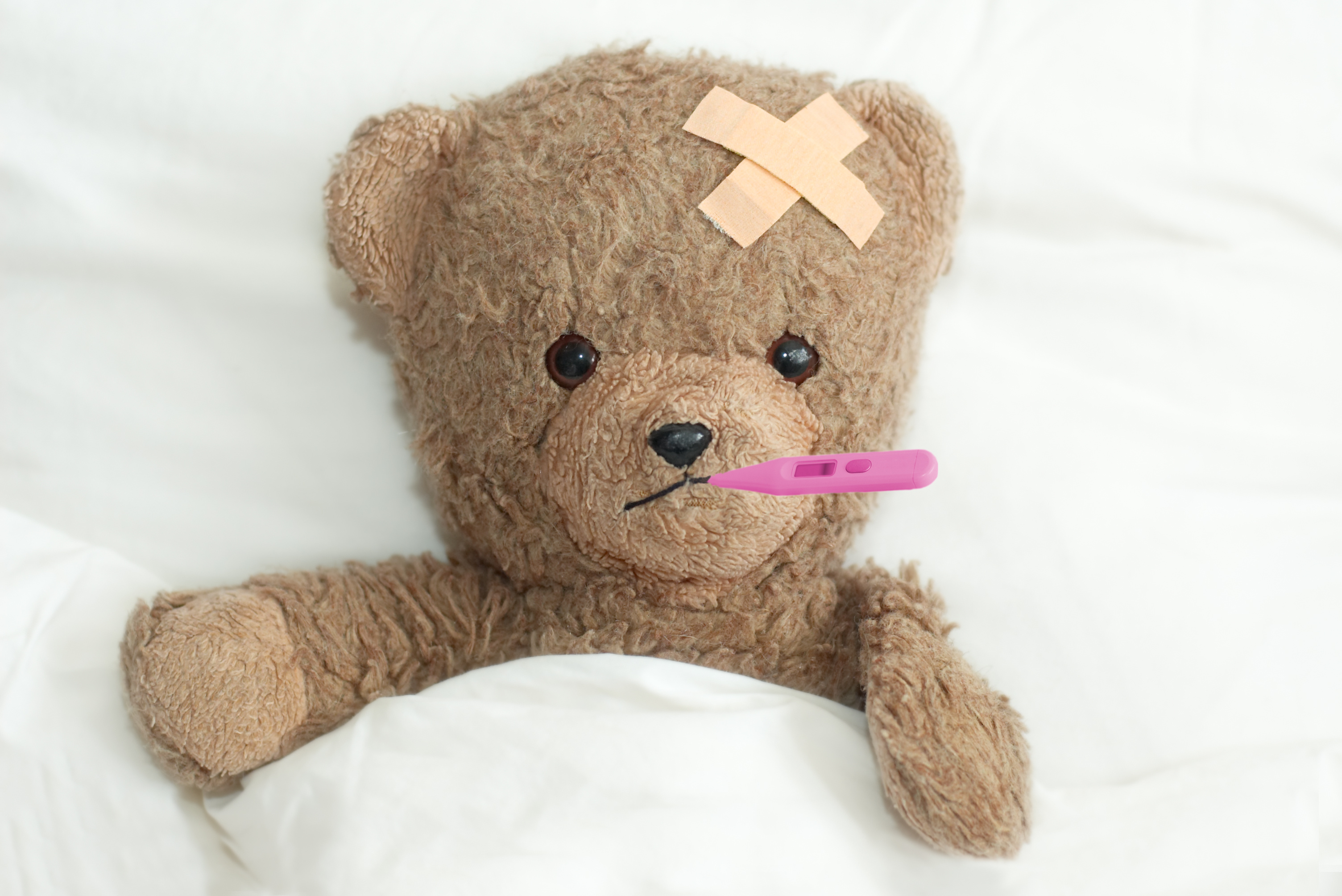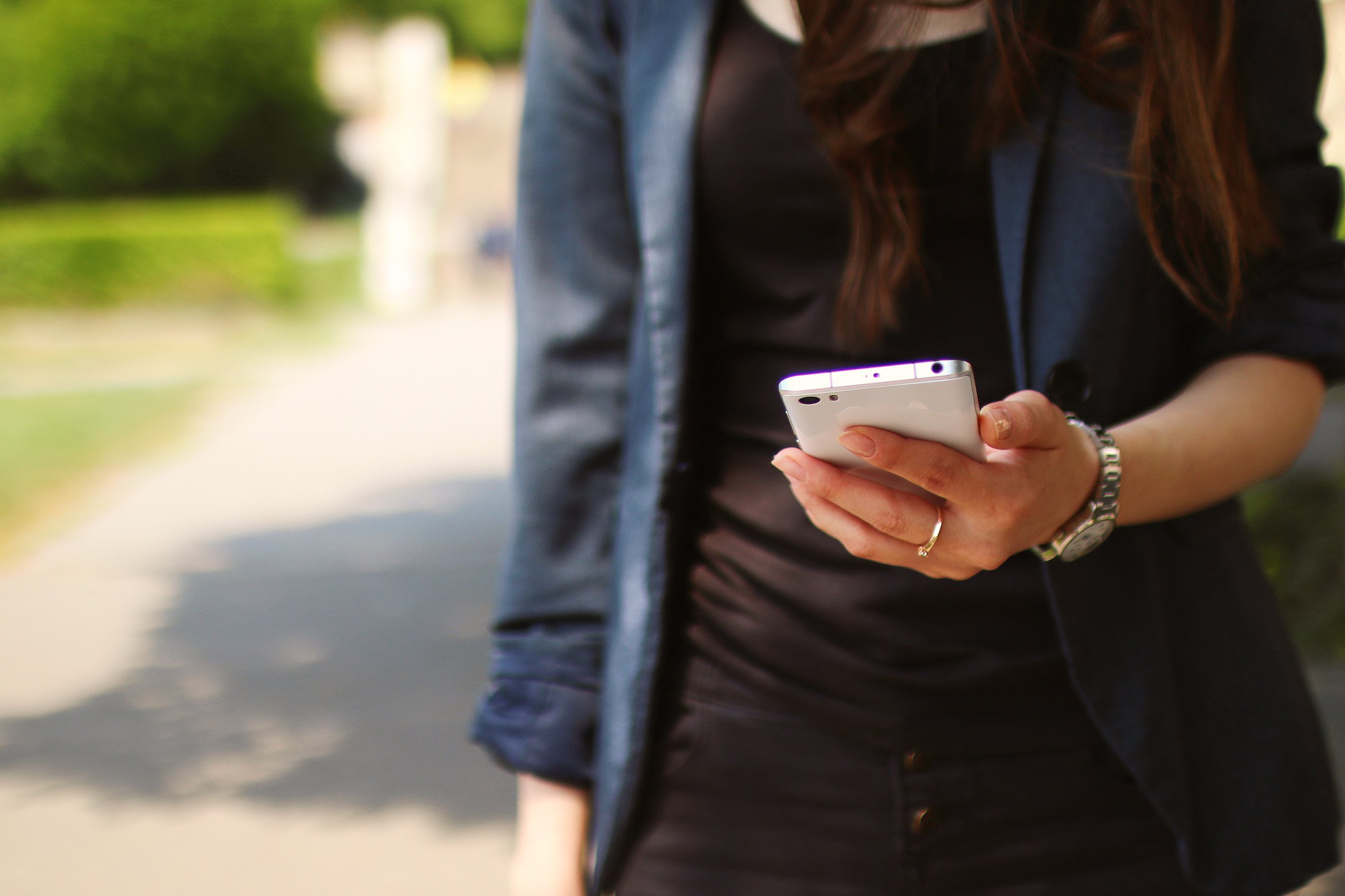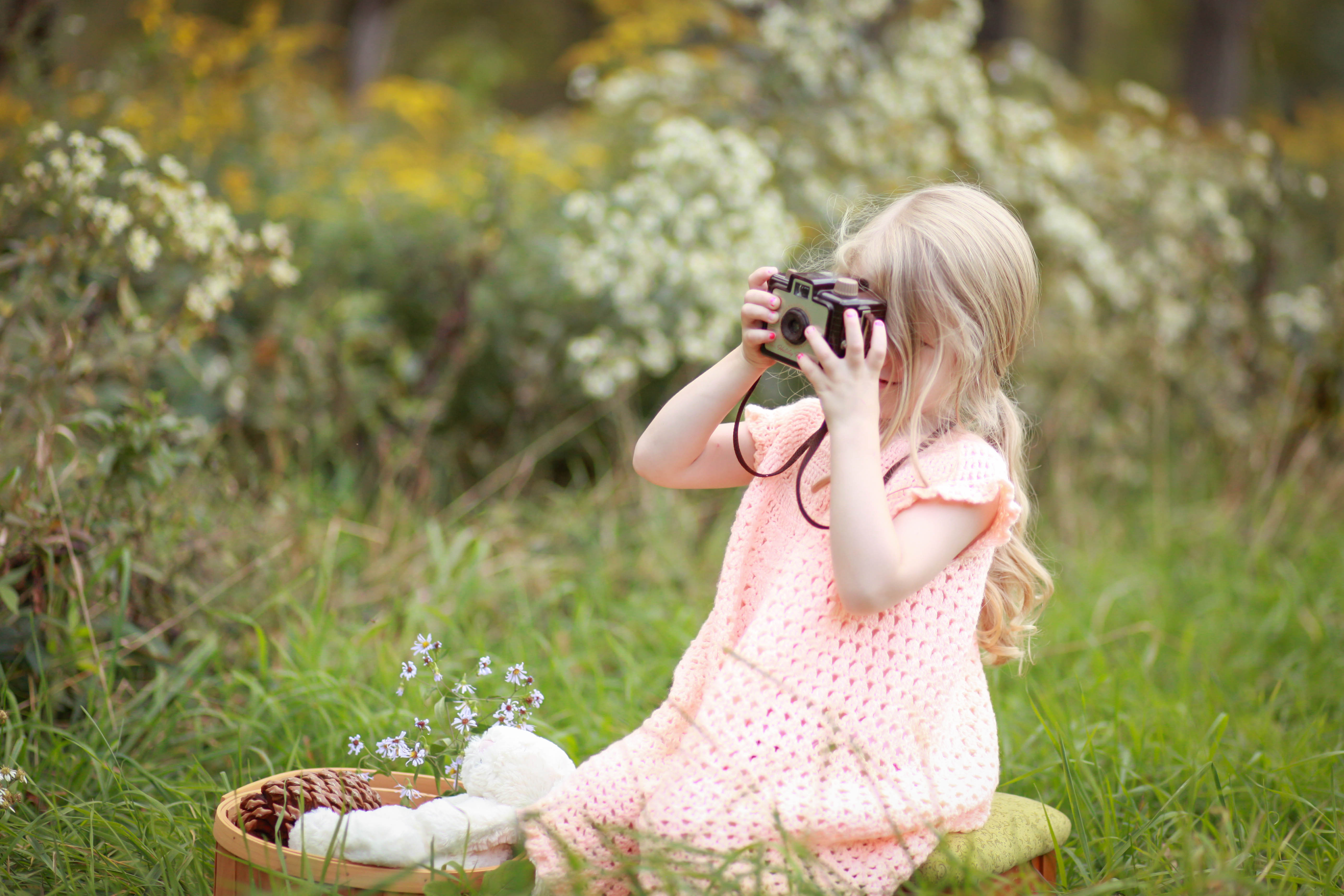10 Things You Should Do BEFORE Your Child Begins Piano Lessons
This is a quick checklist of things to do, buy, learn and decide before your child has their very first piano lesson.
Working your way through this checklist will speed up your child’s learning curve, possibly by months (maybe more!), and once you’ve covered every item below you will be a superbly equipped parent entering into the role of nurturing the growth of a new little (or not so little) pianist. 1. Buy a piano. This may or may not seem like a no-brainer to you. In case it’s not, let me explain. Your child will not make progress without a piano at home with which they can practice between lessons. So until you have a piano don’t bother organising to take piano lessons. Unless your goal is to pay for really expensive babysitting.
Ideally you will buy a good quality acoustic piano, but there might be reasons why you would prefer a digital piano (usually issues related to living in an apartment or a very small house). You want an acoustic piano because it does cool stuff that digital pianos can’t do – things like capturing harmonics when you silently depress the keys and then play other keys – and because the ‘touch’ your child will develop when practicing on an acoustic piano will be a better touch than when they practice on a digital piano.
But if a digital piano is the best option for you you’ll discover that a digital piano offers some wonderful extras that acoustic pianos don’t deliver (things like recording your performance and a variety of sound options – how many extras, and how wonderful they are, will depend on the quality of the digital piano you buy). The thing is you need weighted keys, touch sensitivity, a fixed pedal, a music stand that is not flimsy, and a sound that really does match the sound of a piano (as compared to electric keyboard).
2. Put the piano in a part of the house that isn’t a. lonely and/or b. where the only TV is. Two of the biggest reasons children don’t end up practicing is because they’re either lonely in the glummest/most distant room of the house or because everyone else wants to watch the television and the piano is in the same room. Having the piano hidden away communicates that the piano is not something normal or useful; having the piano and tv competing for acoustic space is just asking for conflict in your family.
3. If you have an acoustic piano, keep it tuned! This is more of an administrative burden than it is a major expense (you need to find a piano tuner, book them up, and then be at the house while they tune the piano), but if your piano is out of tune your child(ren) will find playing the piano far less pleasant, and you won’t enjoy hearing the piano played all that much either.
4. Have the piano in your house for months – even years – before your child begins lessons. This is about developing a sense of the everyday about the instrument (the piano is a part of normal life) as well as allowing the child to explore the instrument quite thoroughly prior to lessons beginning. To which end….
5. Encourage your child to play around with the piano prior to beginning lessons. You can’t break a piano by playing it, and your child will develop a sense of familiarity with the layout of the keys (black notes in groups of 2 and 3 placed between white notes) and the way the keys make sounds (high sounds towards the right, low sounds towards the left) as well as different effects the piano can make (softer sounds when you press more gently, sustained sounds when you depress the pedal, etc.). This saves time in the first weeks of lessons and, more importantly, means that your child will have a confidence when being asked to try ‘new’ things on the piano in these first few weeks and months.
6. Purchase a chair/piano stool/piano bench that is height adjustable. Sitting at the right height is a huge part of what makes playing the piano comfortable and effortless, and sitting at the wrong height can prevent the pianist from creating beautiful sounds. Don’t make do with cushions – organise a permanently available means for your child to sit with maximum ease at the piano.
7. Notice what your child discovers at the piano, and (when the time is right) talk about their discoveries with them. Does your child play the same thing (or variations of the same thing) every time they get near the piano? Or do they experiment with one kind of sound for a few days and then move on? Do they try to pick out tunes, or are they more interested in piano role-playing? Do they play across the full length of the keyboard, or restrict themselves to one area?
Noticing the way your child experiments is an essential foundation to being able to talk about what they are doing. And talking about what your child does is an essential part of validating and consolidating the discoveries they are making.
It doesn’t matter if you’re not sure of the exact musical term, talk about the kinds of feelings the sounds reflect, what the sounds remind you of, and ask your child to talk about their intentions, ideas and reflections. Some pianist gestures are gentle, others are cheeky, while yet others can be very sad indeed. Starting out your child’s pianistic journey by talking about emotion, attitude and texture (smooth/spiky, for instance) puts your child at an enormous advantage in communicating with others about their playing.
8. Make sure your child knows the difference between their right and left sides. This is a bigger issue than simply knowing the right hand from the left; having your child be aware that they can create an action on one side of their body and then mirror that action on the other develops physical-spatial awareness that will be immensely beneficial when learning new skills at the keyboard. Which is to say: having a child practice jumping to the left or jumping to the right will help them be better pianists. Anything that asks a child to do things with their body in terms of left and right will lay the foundation for physical fluency at the keyboard.
9. Make sure your child knows their alphabet. From A to G. And maybe back again. This won’t be covered in the first lesson (normally), but if your child understands that the musical alphabet goes A B C D E F G A B C D E F G A B, etc., they’ll save at least half a lesson. And if your child can think through those letters backwards you’ve probably saved two more whole lessons over the course of the first year.
10. Show your child a treble and bass clef. And explain that the treble is for high notes, the bass for low notes. If you have no idea what a treble clef is then google it. This is just a symbol, but the more familiar your child is with what these symbols look like these easier it will be for a teacher to introduce new ideas quickly during the first year or so of lessons. The treble clef in particular is an oft-used symbol to represent music – your child may well have already seen this symbol and just never quite understood what it meant (it just means the notes on it in the top half of the piano). Being confident distinguishing these two symbols could save half a lesson or so at least three times in the course of the first 12-18 months of lessons.
Retrieved From: https://goo.gl/BLonrk
|
|

















